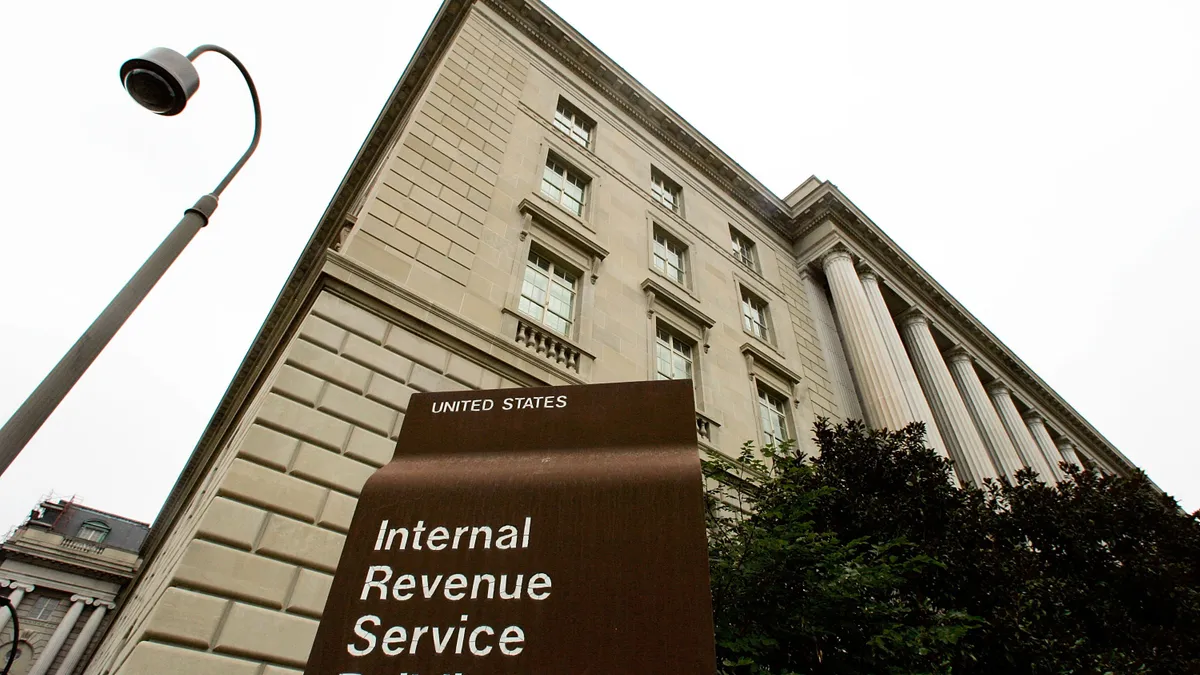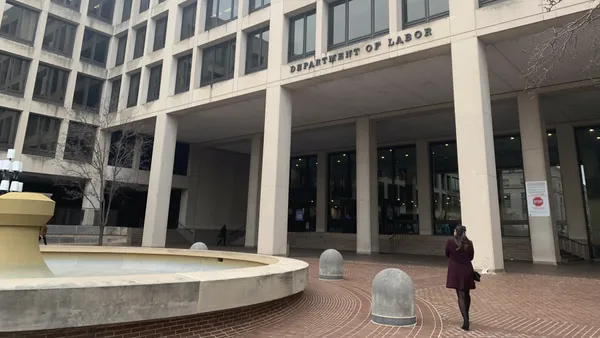The ongoing compliance changes affecting employers and the workplace is undeniable. Along with growing complexity of the new rules and regulations, one expert believes there is an emerging trend whereby regulators and plaintiffs’ attorneys are increasingly focused on the process by which an employer got to a decision – not just the decision alone.
Lori Brown, president of ComplianceHR, a web-based platform that helps companies make critical employment decisions, warns that as little as five years ago, it may have been enough to make a sound, compliant decision and be fine. But now employers face more scrutiny about how they got to that decision.
“Today, there is value for employers in documenting this decision-making process efficiently and in detail,” Brown says.
Document the process
As one example, employers face a tough battle to avoid liquidated (or double) damages for violations of the Fair Labor Standards Act (FLSA). For years, liquidated damages were almost automatic. Then, in recent years, employment lawyers have seen more courts speaking to and construing the meaning of “good faith” sufficient to avoid liquidated damages.
Given the sheer volume and value of FLSA matters, avoiding liquidated damages through a successful “good faith” defense could be significant, Brown explains. Sophisticated litigants, with good counsel, know that “good faith” now means more than “we didn’t know.”
Rather, the “good faith” defense, while evolving, will usually require the employer to demonstrate its efforts to know the law and make thoughtful decisions. As HR leaders know, an undocumented thought process is a tough one to replicate in a persuasive, compelling manner, she explains.
According to Brown, the ability to recreate a process in an auditable fashion often is overlooked. For example, many employers and HR leaders make incredibly solid decisions around independent contractor or overtime classification, but in the eyes of a plaintiff’s lawyer or a regulator, the inability to demonstrate the set of causes driving the decision process compromises the defensibility of the process and defensibility of the model.
“In this climate, when employers are more concerned than ever before with joint employer considerations, the ability to document their process and replicate it has emerged as an additionally significant and, to some, equally significant consideration together with the merits of the decisions themselves,” Brown says.
Don’t rely on institutional memory
Demonstrating the process becomes even more difficult with the turnover that naturally occurs in the workplace as employers are caught relying on the institutional memory of an employee or executive who leaves the company, versus a documented, organized decision-making process.
“As employers know all too well, inability to produce the decision maker makes the decision itself extremely difficult to explain, let alone defend,” she says.
Employers need to get into the practice of demonstrating the causes of their decisions in order to safeguard themselves from regulatory prodding. Technology provides a means for them to do so, Brown explains. For example, ComplianceHR offers its Navigator OT solution, where users receive a transcript of the Q & A for each evaluation submitted. The tool also offers a dashboard, providing users full visibility and manageability of their overall body of work.
As an example of when a well-documented situation occurs, Brown cites HR leaders making decisions about how to comply with the Labor Dept.’s new overtime rules. Employers should document how they reached decisions to reclassify or increase the salaries of exempt employees earning below the new salary threshold.
Moreover, that online technology also allows the employer to examine and monitor for consistency across job codes and, and to protect against disparate classifications where duties and job attributes are similar.
“For all employers, no matter how big or small, the challenge of complying with federal, state and local laws has never been greater,” Brown says.















